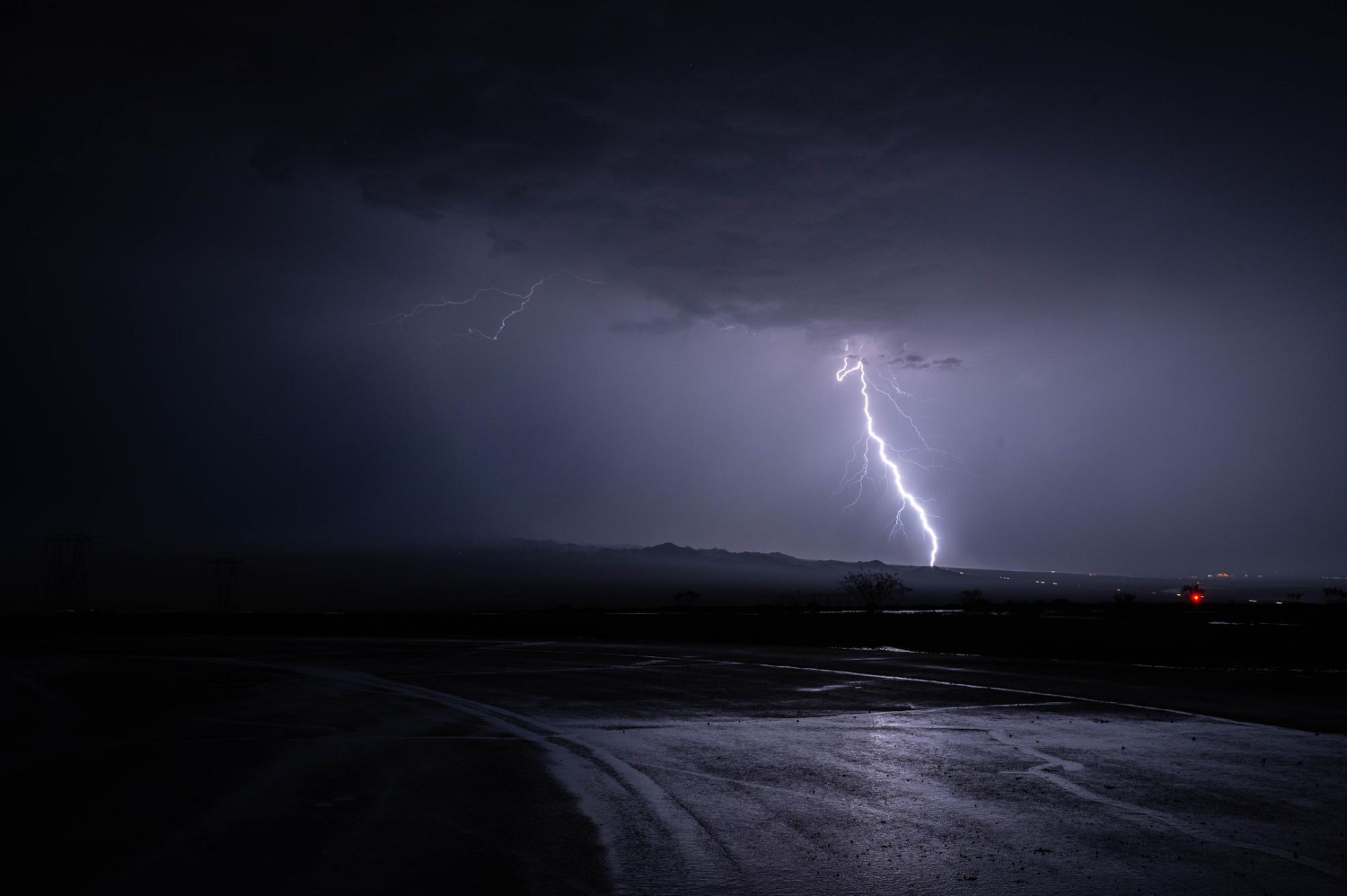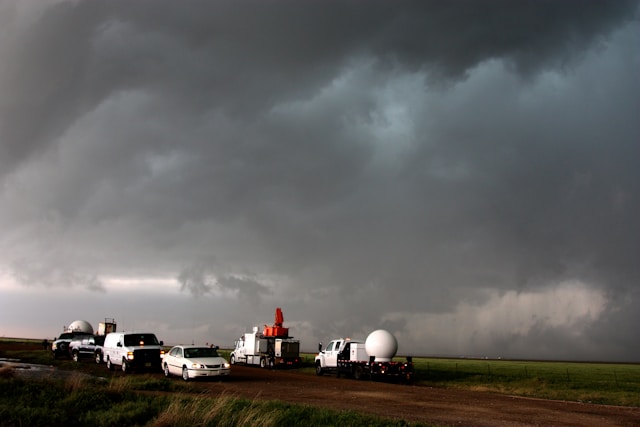Forecasters rely on data from several sources including weather stations, meteorological balloons, weather radars, weather satellites, and supercomputers. This data is used to develop forecasting models that are able to accurately predict the future state of the atmosphere.
Meteorologists device
Meteorologists device, such as weather stations, are used to measure key atmospheric variables that provide the data needed to develop accurate forecasts. Weather stations typically measure temperature, humidity, barometric pressure, precipitation, wind speed and direction, and solar radiation. Meteorological balloons measure upper air temperatures and winds at high altitudes. Weather radars detect precipitation activity in the atmosphere. There are also many other meteorologists tool that we will analyze in detail today:
Weather stations
can also be used to monitor local weather conditions. These stations are installed in various locations around the world and are operated by either governments or private organizations. They collect data that is used to create reports and forecasts for the local area. The data collected from these stations is then shared with forecasting centers, so they can use it to develop their models.
Meteorological
Balloons are used to measure upper air temperatures and winds at high altitudes. These balloons are launched from the ground and rise into the atmosphere, measuring temperature, humidity, and wind speed along the way. The data collected from these balloon launches is then sent back to meteorological centers, so it can be incorporated into their forecasting models.
Weather radars
Weather radarsare also used to detect precipitation activity in the atmosphere. Radar systems send out pulses of radio waves and measure how those waves interact with rain, snow, sleet, and hail in the atmosphere. This data is used to create precipitation maps that show where it’s raining or snowing at any given time. Supercomputers are then used to process all the collected data
Weather satellites
Weather satellites are essential to forecasting models. They provide important data on temperature, pressure, moisture, wind speed and direction, and cloud cover across the globe. This data is used to create detailed images of the atmosphere that can be used to monitor weather systems in various locations around the world. Weather satellites are also able to detect signs of developing storms or other extreme weather.
Supercomputers
Supercomputersare used to process large amounts of data from all sources and create detailed forecasting models. These powerful computers use sophisticated algorithms to develop predictions about the future state of the atmosphere based on past and current atmospheric conditions. Supercomputers are essential for providing accurate forecasts in a timely manner. Without them, forecasters would be unable to predict the weather with any from anywhere in the world.
Forecasting models
Forecasting models rely on data from a variety of sources to create accurate predictions about the future state of the atmosphere. Weather stations, meteorological balloons, weather radars, weather satellites, and supercomputers are used to collect and process data that is then used to develop forecasting models. These models provide us with a better understanding of our ever-changing environment and help us to make informed decisions about our future. With accurate forecasts, we are better prepared for the weather that lies ahead.
Global Models
Global models are the most advanced form of forecasting model. These models use data from multiple sources, including weather stations, meteorological balloons, weather radars, and satellites to create detailed forecasts for specific locations around the world. Global models can predict temperatures, precipitation amounts, wind speed and direction, cloud cover, and more.
Local Models
Local models are used to create more precise forecasts for specific locations. They use data from weather stations, meteorological balloons, and other local sources to generate detailed predictions of the atmospheric conditions in a specific area. Local models can be used to forecast things such as temperature, wind speed and direction, cloud cover, humidity, dew point.
Ensemble forecasts
Ensemble forecasts are a combination of multiple models that are used to create more accurate predictions. Ensembles use data from a variety of sources, including weather stations, meteorological balloons, weather radars, satellites, and global models. This data is then combined into one model to create a more reliable prediction than could be achieved with any single.
Weather forecast from a neural network
Neural networks are a type of forecasting model that uses artificial intelligence to create predictions. Neural networks use data from multiple sources, including weather stations, meteorological balloons, weather radars, and satellites. This data is used to create an artificial neural network that can recognize patterns in the atmosphere and generate forecasts based on those patterns.
Our conclusion
Weather forecasting is a complex process, requiring multiple sources of data and sophisticated algorithms to generate accurate predictions. Weather stations, meteorological balloons, weather radars, satellites, supercomputers, global models, local models, ensemble forecasts, and neural networks are all essential components of successful forecasting. All of these elements combine to create detailed images.


